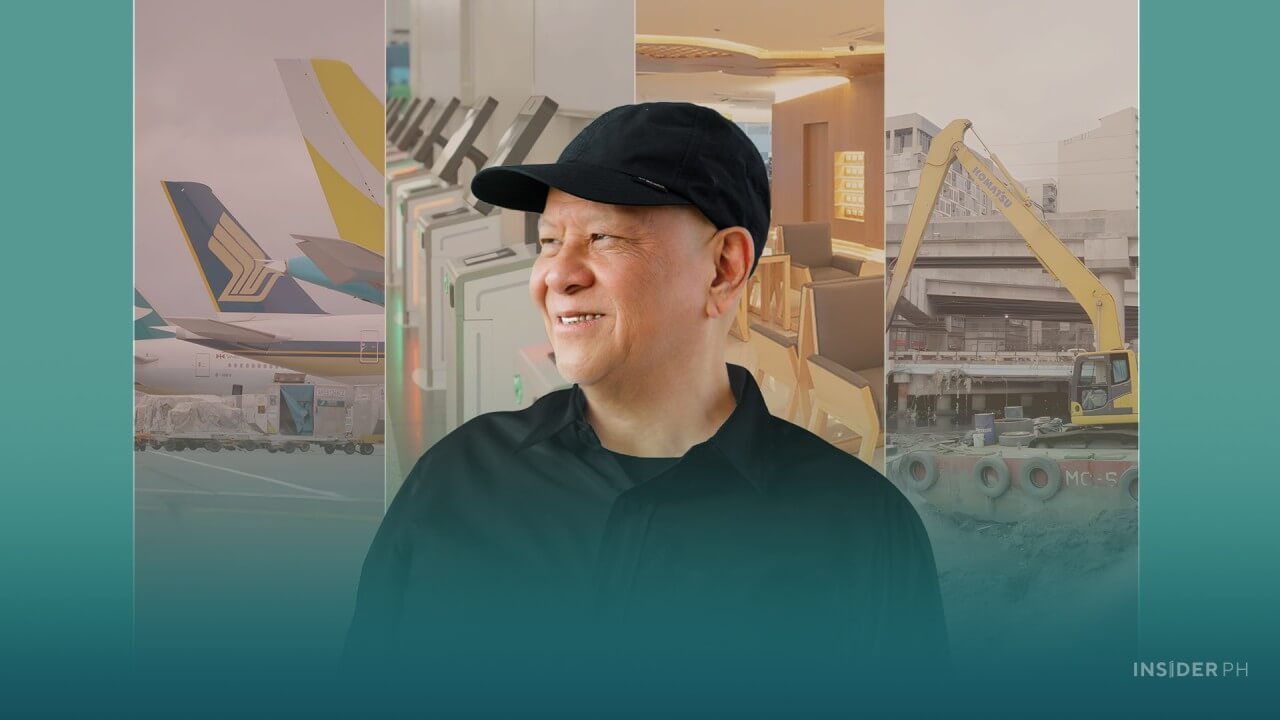

The turnaround has been felt on the ground, with on-time performance hitting a record 92.29 percent in a single day, the highest in the airport’s history.
Passenger traffic reached 51.7 million and flights handled totaled 283,771, underscoring NAIA’s renewed efficiency under private management.
SMC highlighted its first-year achievements in an Oct. 3, 2025 video posted on YouTube. (See video below)
Upgraded passenger experience under NNIC
Travelers are already seeing upgrades: smoother roads into the airport, wider curbside areas, expanded parking, and a dedicated Grab and Joyride hub at Terminal 3.
Inside, 12,000 new gang chairs, 2,500 trolleys, new air-conditioning, and brighter lighting are visible changes.
NAIA is rolling out new self-service tech from Collins Aerospace, with biometric e-gates making face recognition the new boarding pass.
By December, 60 immigration e-gates will go live, cutting wait times for both departures and arrivals.
Its new OFW lounge at Terminal 1 will soon follow the one at Terminal 3, which has already served more than half a million overseas workers.
More global connections
The privatization has also opened Manila to new destinations such as Paris, Danang, Sapporo, and New Delhi, expanding its global reach. NNIC sealed a tie-up with Singapore’s SIA Engineering, one of Asia’s biggest aircraft MRO players, further boosting NAIA’s international profile.
Alongside this, the operator pledged P72 billion for a five-year modernization, with P3.5 billion already spent in year one.
NAIA will add Terminals 4 and 5, direct links to the Metro Manila subway, world-class retail and dining, and expanded runway capacity to 48 movements per hour.
Passenger handling will nearly double to 62 million annually once projects are complete.
What’s next?
Beyond the terminals, the airport is also stepping up safety and efficiency.
Taxiways are being widened to ease aircraft movement, and five new explosive detection systems are being installed to make baggage screening faster.
The first of 34 new boarding bridges will arrive this year, cutting boarding delays and improving turnaround times for airlines.
—Edited by Miguel R. Camus
